Yoga, an ancient practice rooted in mindfulness and physical well-being, has emerged as a promising complementary therapy for individuals on the autism spectrum. Recent research suggests that yoga can provide a range of benefits, including improved motor coordination and sensory processing, enhanced communication and social interaction skills, reduced anxiety and stress, and promoted overall well-being.
In this article, we will delve into the world of yoga for autism, exploring the benefits, appropriate poses, and strategies for creating a safe and supportive practice. We will also provide specific examples of poses that can be tailored to individual needs and preferences.
Whether you are a parent, caregiver, or individual with autism, we encourage you to explore the potential of yoga as a complementary therapy. With its emphasis on mindful movement, breathwork, and self-awareness, yoga can offer a path to improved well-being and quality of life for individuals on the autism spectrum.
Unlocking the Benefits of Yoga for Autism
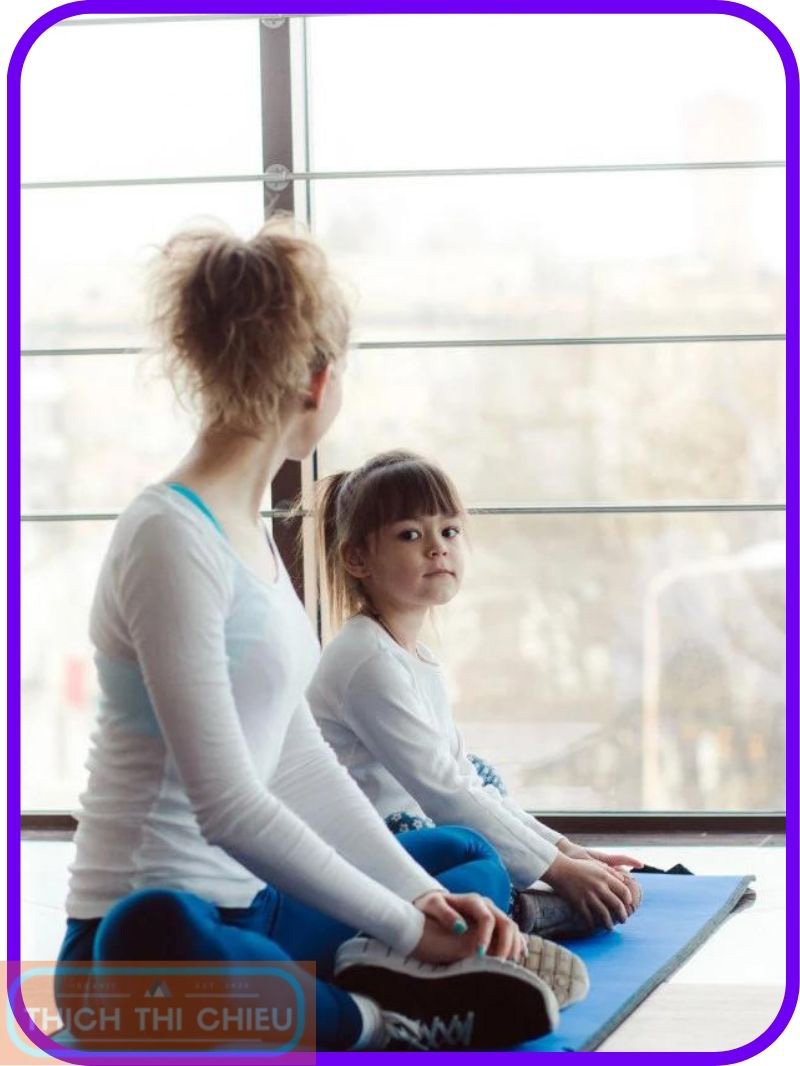
Improved Motor Coordination and Sensory Processing
Yoga poses, known as asanas, provide opportunities to enhance motor coordination, balance, and proprioception – the awareness of one’s body position and movement in space. The practice also helps individuals develop sensory awareness by encouraging them to focus on the sensations of their body in various positions.
For individuals with autism, who may experience challenges with motor skills and sensory integration, yoga can be particularly beneficial. The gentle and repetitive nature of yoga poses can help improve motor coordination, balance, and proprioception. Additionally, the practice’s emphasis on mindfulness can foster sensory awareness, helping individuals better interpret and manage their sensory experiences.
Enhanced Communication and Social Interaction Skills
Yoga can also promote communication and social interaction skills through group practice settings. The practice encourages individuals to interact with others in a safe and supportive environment, promoting nonverbal communication, turn-taking, and cooperation.
For individuals with autism, who may face challenges with social interaction and communication, yoga can provide a structured and supportive environment to practice these skills. The non-verbal nature of yoga poses can be particularly beneficial, allowing individuals to express themselves through movement without the pressure of verbal communication. Additionally, group yoga sessions can provide opportunities for social interaction and peer support.
Reduced Anxiety, Stress, and Self-Regulation Challenges
Yoga’s emphasis on breathwork and mindfulness techniques can effectively reduce anxiety and stress, which are common among individuals with autism. The practice promotes self-regulation by teaching individuals to recognize and manage their emotions and behaviors.
Anxiety and stress are prevalent among individuals with autism, often stemming from sensory overload, social challenges, and changes in routine. Yoga, with its focus on deep breathing and mindful movement, can effectively reduce anxiety and stress levels. The practice’s emphasis on self-awareness and self-acceptance can also empower individuals to better manage their emotions and behaviors, promoting self-regulation and emotional resilience.
Promoted Overall Well-being and Quality of Life
By addressing the physical, emotional, and social challenges associated with autism, yoga can contribute to an overall improvement in well-being and quality of life. The practice promotes self-confidence, resilience, and a sense of calm, empowering individuals to navigate life’s challenges with greater ease.
Yoga can have a profound impact on the overall well-being of individuals with autism. The practice’s holistic approach, addressing physical, emotional, and social aspects, can contribute to increased self-confidence, resilience, and a sense of calm. As individuals gain a better understanding of their bodies, emotions, and social interactions, they can experience improved quality of life.
Choosing Appropriate Yoga Poses for Autism
Considering Individual Needs, Preferences, and Sensory Sensitivities
When selecting yoga poses for individuals with autism, it is crucial to consider their individual needs, preferences, and sensory sensitivities. Some poses may be more suitable for individuals with tactile sensitivities, while others may be more beneficial for those with proprioceptive challenges. Additionally, it is important to consider individual preferences and interests, incorporating poses that the individual finds enjoyable and engaging.
Categorizing Poses Based on Their Benefits
For the purpose of tailoring the yoga practice to individual needs, poses can be categorized based on their primary benefits:
- Sensory Awareness: Poses that promote sensory awareness and integration, helping individuals connect with their bodies and interpret sensory information more effectively.
- Motor Skills: Poses that enhance motor coordination, balance, and proprioception, improving physical movement and control.
- Emotional Regulation: Poses that promote relaxation, reduce anxiety and stress, and foster self-regulation skills.
Examples of Poses for Sensory Awareness
Child’s Pose
This grounding pose promotes relaxation and sensory awareness, encouraging a sense of calm and connection to the body.
Butterfly Pose
This gentle hip opener helps release tension and improve flexibility, promoting sensory awareness in the hips and lower body.
Cat-Cow Pose
This dynamic pose enhances spinal mobility and sensory integration, encouraging a sense of movement and awareness throughout the body.
Examples of Poses for Motor Skills
Tree Pose
This balancing pose improves balance, coordination, and focus, enhancing motor control and proprioception.
Warrior II Pose
This strengthening pose enhances leg muscles, balance, and core engagement, promoting gross motor skills and coordination.
Plank Pose
This core-strengthening pose improves stability and proprioception, promoting body awareness and muscle control.
Examples of Poses for Emotional Regulation
Corpse Pose
This deeply relaxing pose promotes stress reduction and mindfulness, encouraging a sense of calm and emotional release.
Easy Pose
This seated pose encourages stillness, breath awareness, and emotional regulation, promoting a sense of tranquility and self-awareness.
Reclining Bound Angle Pose
This gentle hip opener promotes relaxation and emotional release, easing tension and promoting a sense of calm.
Yoga has emerged as a promising complementary therapy for individuals on the autism spectrum, offering a range of benefits that address physical, emotional, and social challenges. By choosing appropriate yoga poses based on individual needs, preferences, and sensory sensitivities, creating a supportive and calming environment, and tailoring the practice to individual needs, yoga can promote improved motor coordination, enhanced communication skills, reduced anxiety, and overall well-being for individuals with autism. Hopefully, the above article of TTC has provided you with useful information. If you have any questions or concerns, please leave a comment below.
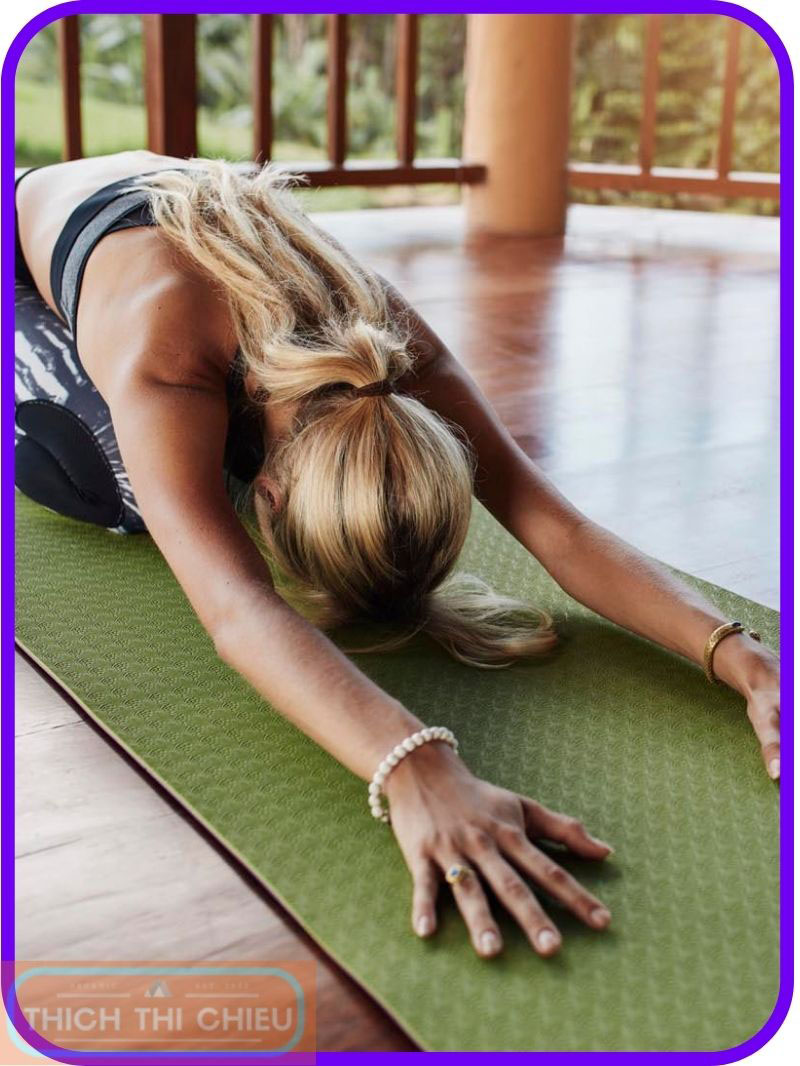
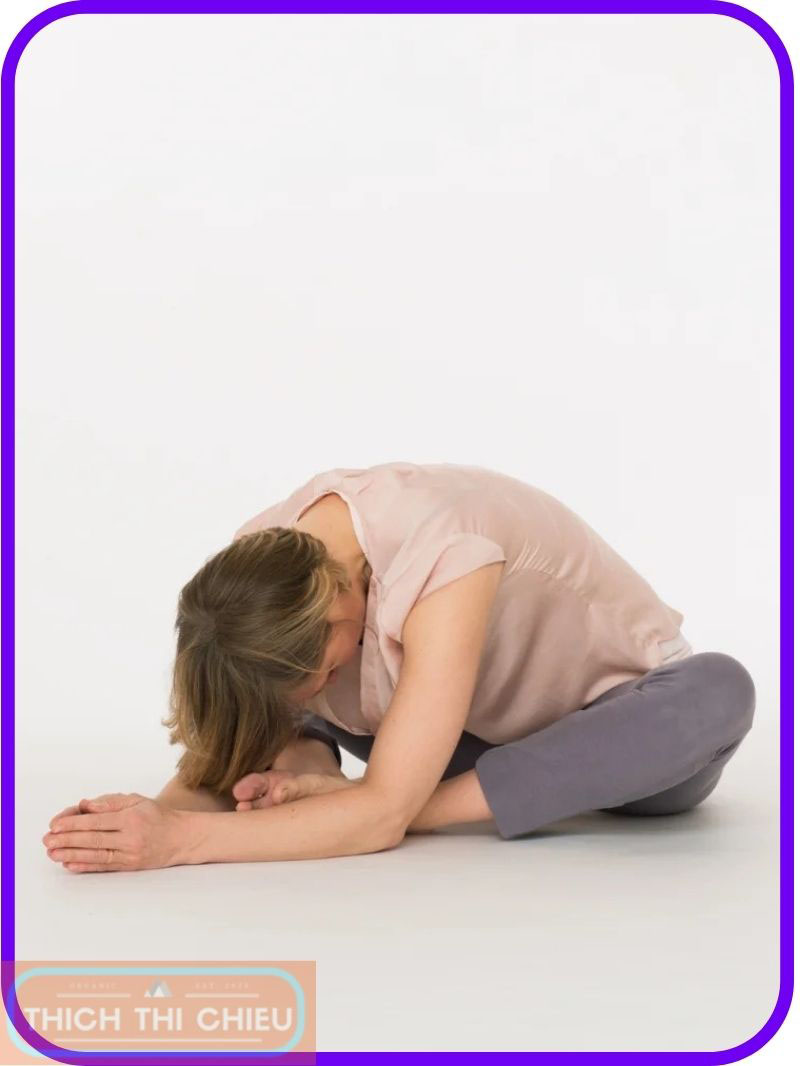
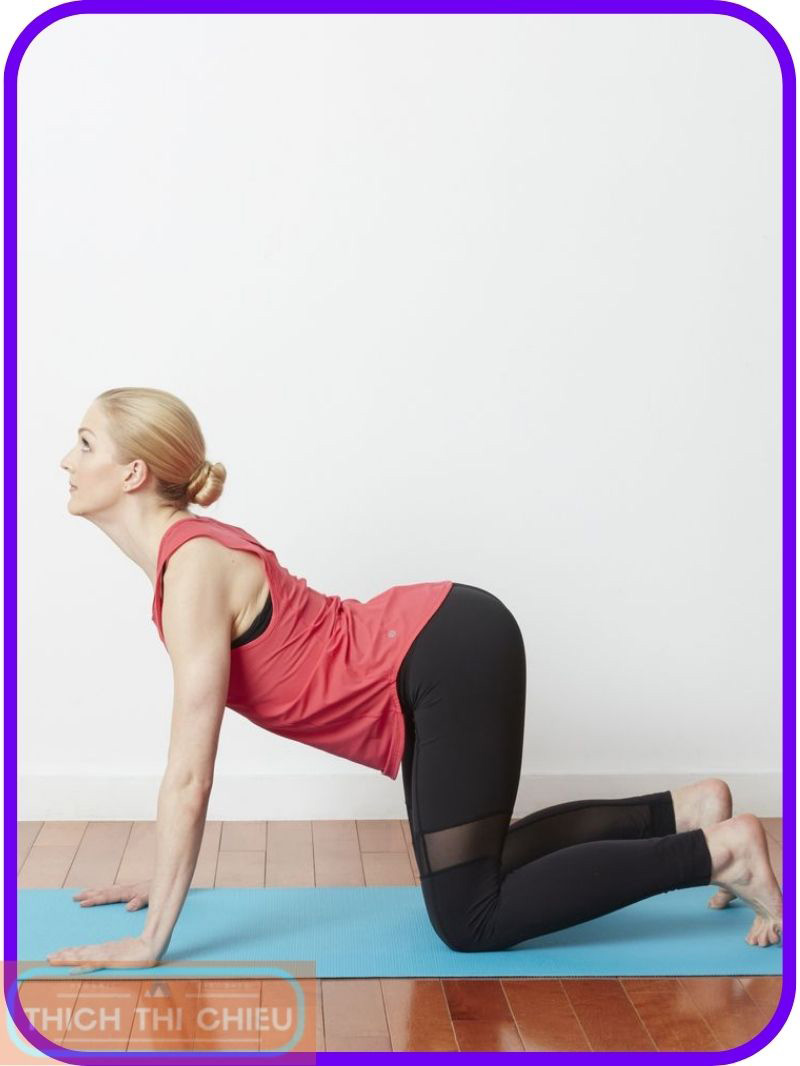
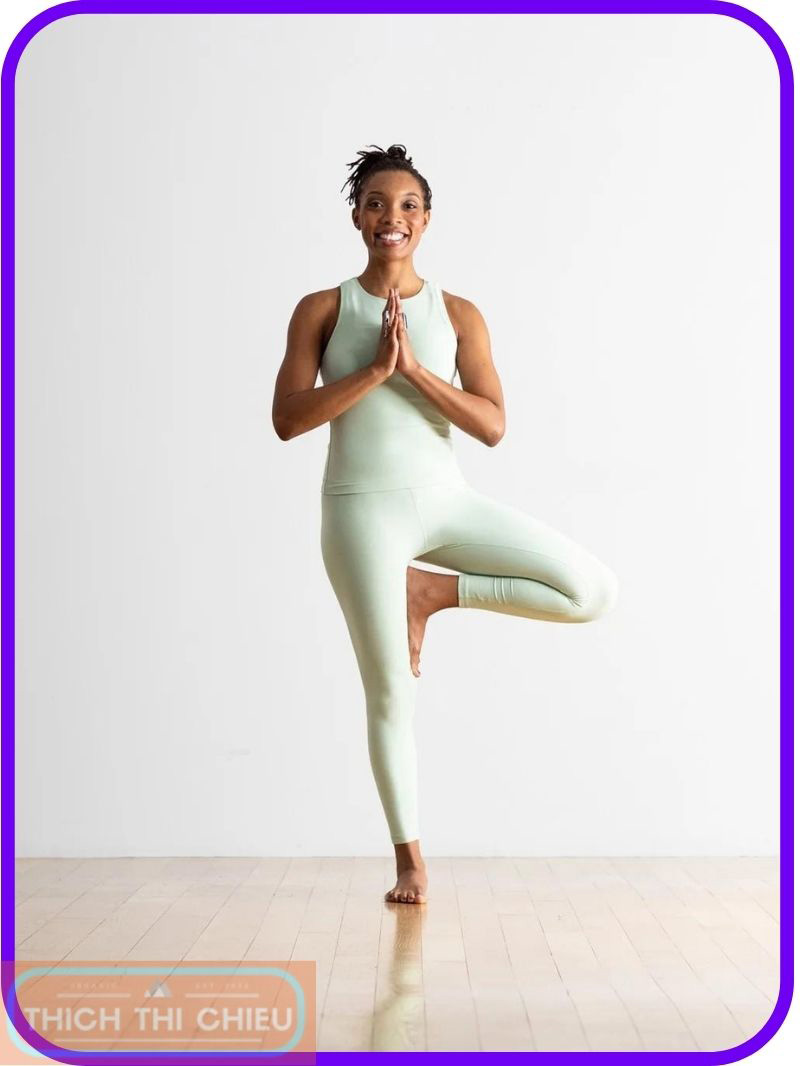
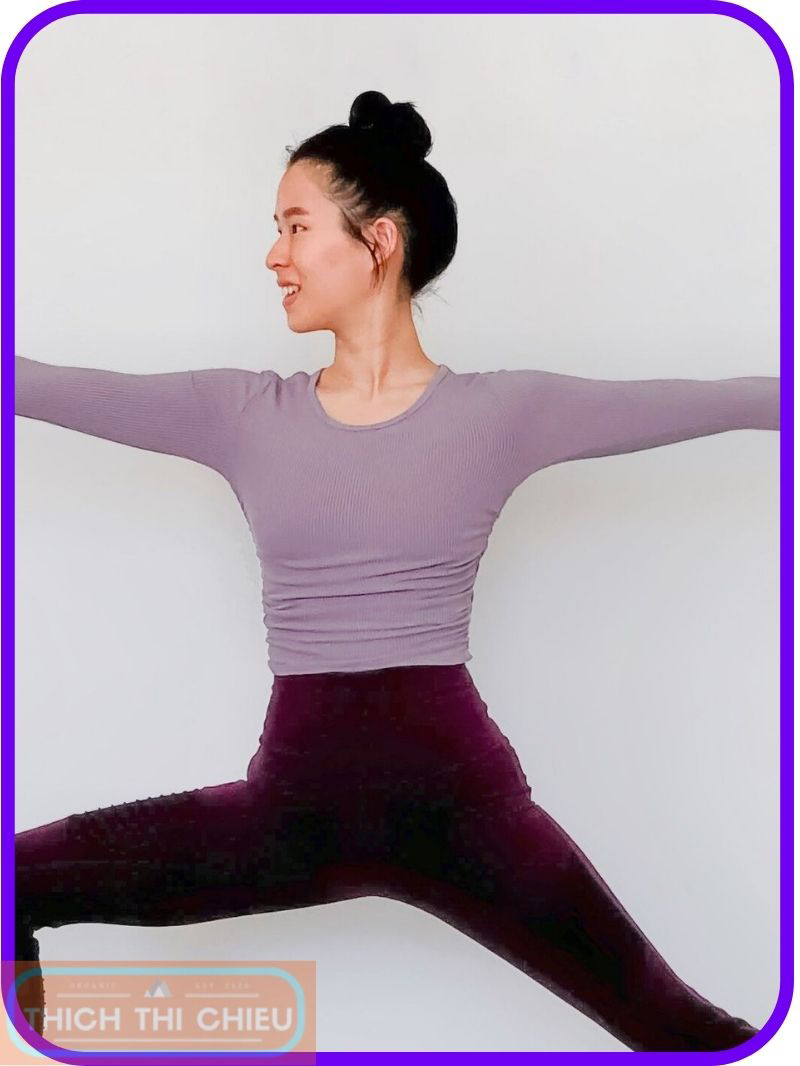

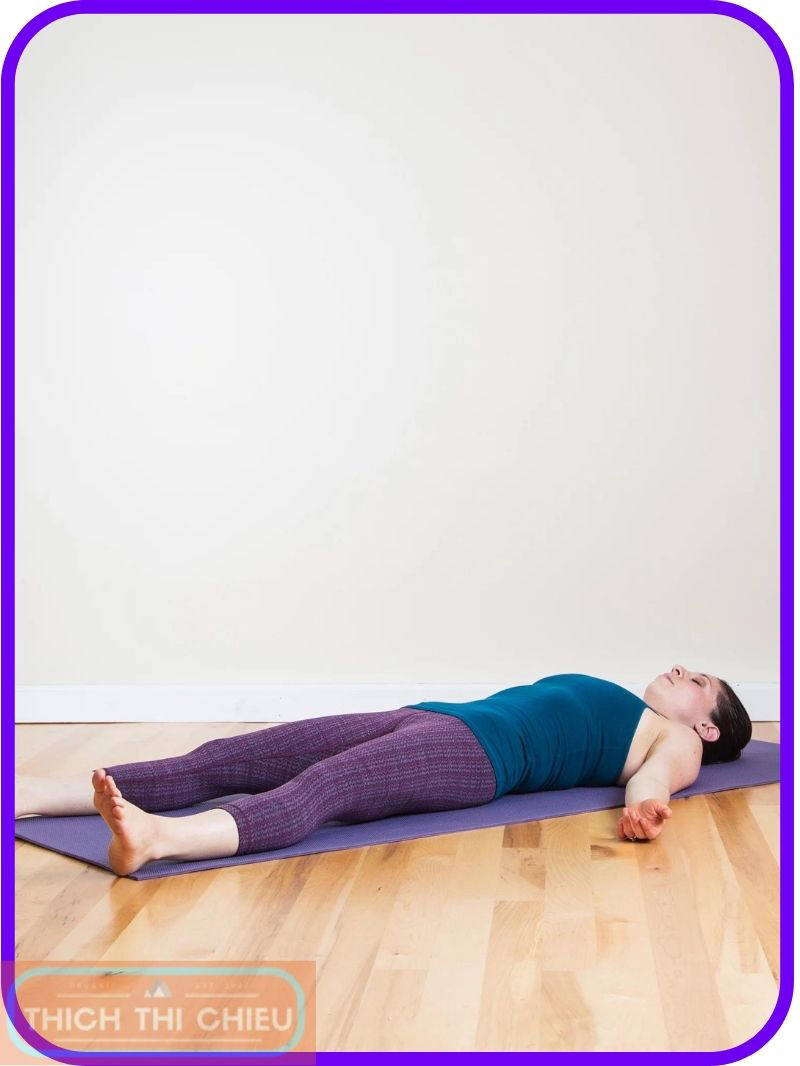
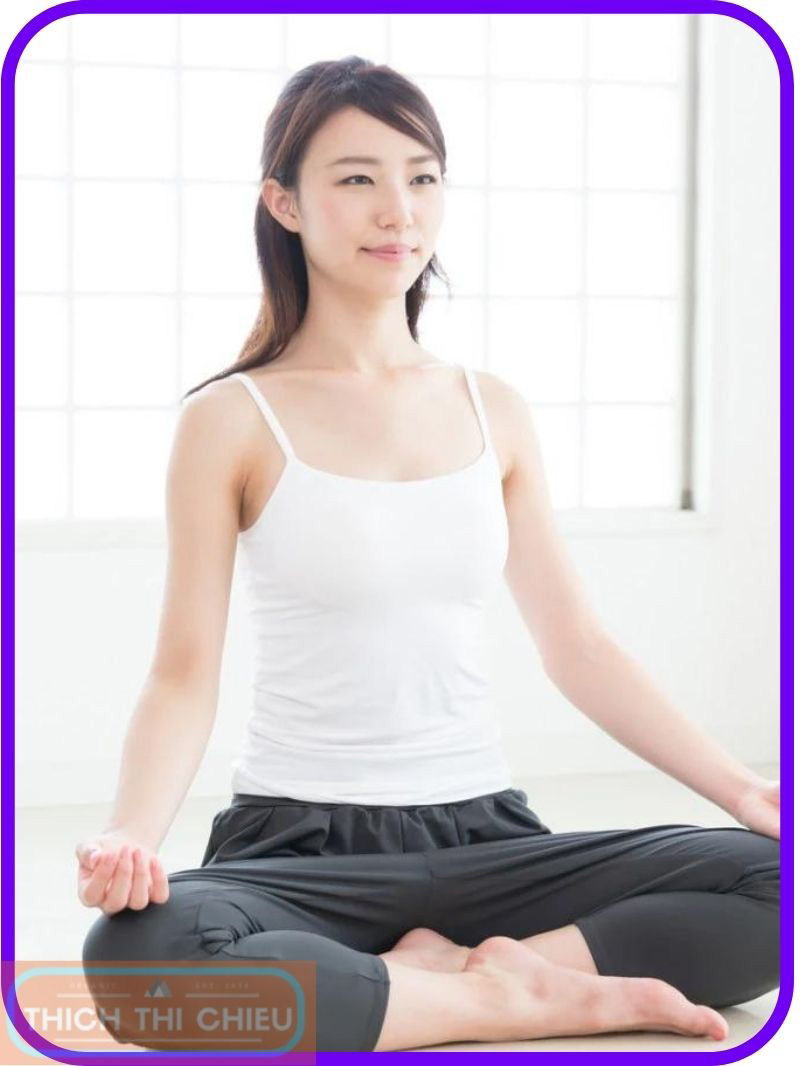
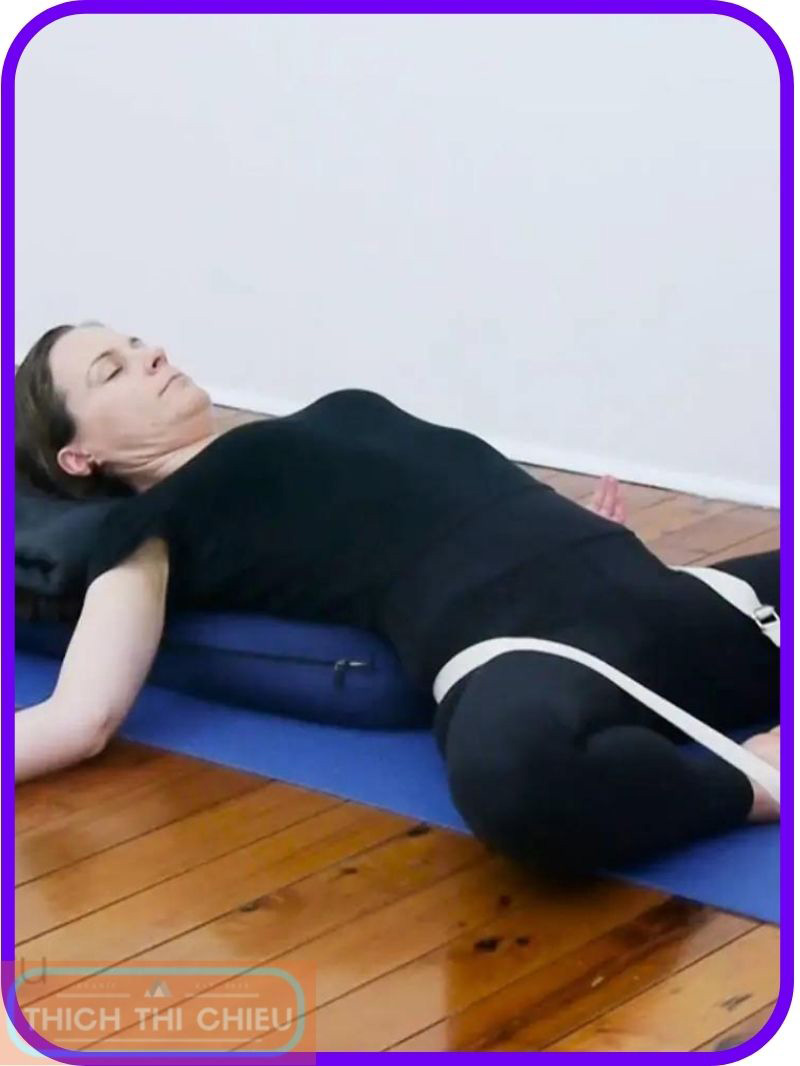





Leave a Reply